Dilapidation Surveyors
Our Surveyors leave no stone unturned, we pride ourselves in our attention to detail
What are Dilapidations?
Dilapidations are a Landlord’s claim in respect of alleged repairs, breaches and making good to their property. As per the terms of their lease, they require their tenant to address these in advance of the end of the lease term.
Dilapidations will cover all condition changes and alterations that have arisen during the tenant’s lease.
They can include, however are not limited to repair, decoration, reinstatement or replacement.
When is a Schedule of Dilapidations Required?
As the end of the tenant’s lease term approaches, it is normal for the landlord to take stock of the property condition in the form of a Surveyor’s Report known as a Schedule of Dilapidations.
Once armed with this report, the landlord serves it upon their tenant, thereby ensuring the tenant has ample opportunity to address the various dilapidations prior to their departure.
A Schedule of Dilapidations Response can also be prepared by the Tenant’s Dilapidations Surveyor in response to having been sent a Schedule of Dilapidations by their Landlord.
Our Approach
Our robust approach to property inspection and lease review ensures our Schedule of Dilapidations Reports are comprehensive and thorough, ensuring Landlords or Tenants are fully informed and can ensure the property meets the lease’s requirements.
This approach ensures our clients are fully aware of the Schedule of Dilapidations of the property as the tenant’s end of lease term approaches.
Typical Breaches & Dilapidations
While no two properties are alike! In our experience, some very typical dilapidations can include:

Reinstatement
Tenants will often alter the premises and demise to suit their trading requirements. Upon completion of the lease term, the Landlord will usually have expectations for the property to be handed back to them by the Tenant with the alterations having been removed.

Repairs
Tenants will often overlook the requirement for higher cost repairs to the premises and demise. This is especially the case when the demise extends to external parts of the property. The Landlord will therefore expect and require these repairs to be addressed and made good.

Redecorations
Upon the expiry of the lease, the Tenant will usually be responsible for redecorating the premises and demise. This will mean that they have hand the property back to the Landlord both redecorated and in a state that is free from defect, thereby allowing the Landlord to market the property without issue.
What is the Dilapidations Process?
1. Checking the Lease
We will start by checking the lease to establish the legal and contractual requirements in respect of the demise’s decorations, yielding up and alterations clauses. This will very much set the tone for the Surveyor’s approach to inspecting and accessing the property condition during their inspection.
2. Site Inspection
Once we have a full understanding of the lease’s legal and contractual requirements, the Surveyor will then undertake a comprehensive and methodical site survey. During the inspection all parts of the tenant’s demise will be checked, commented upon and photographed.
3. Schedule of Dilapidations
Once the Surveyor has completed their inspection, they will then prepare their Schedule of Dilapidations Report. This will set out all of the breaches, repairs, redecorations or reinstatements that are required by the tenant to the demise.
4. Schedule of Dilapidations Costings
The Surveyor will then carefully cost the various breaches as part of the Schedule of Dilapidations. Commonly this is done in a tabulated manner to ensure ease of both Landlord’s or Tenant’s Surveyor response. Costings are usually achieved through Construction Cost Indices, contractor quotation or Surveyor research.
5. Sharing the Schedule of Dilapidations
Once the Schedule of Dilapidations and Breach Costings (also commonly referred to as the Quantified Demand) is ready. The Landlord will commonly share this, or serve it upon the Tenant. The Tenant will then either accept or dispute the report.
6. Schedule of Dilapidations Negotiations
At the negotiation stage, the Landlord’s and Tenant’s respective Surveyors are going to aim to resolve any differences in the extent of the Schedule of Dilapidations or the costs within the Quantified Demand. As with any professional opinion, it’s relatively normal for there to be differing views. At this stage of the process will aim to iron these out, arriving at an agreed final scope of works, or cost of works.
7. Schedule of Dilapidations Resolution
Once the Schedule of Dilapidations has been resolved, the Tenant will either reimburse the Landlord for the breaches, or alternatively remedy and yield up the property for handover to the Landlord. *In the event of non-resolution, legal action would need to be taken by the Landlord against the tenant for those Dilapidations that aren’t remedied.
Dilapidations Costs
Here at Stokemont, we believe that Dilapidation costs should be transparent and clear. As a guide our prices are as below, in order to obtain a fixed cost, please get in touch with our Surveying team who will be happy to advise.
We also allow for up to 3 hours of discussion and negotiation with the Landlord’s or Tenant’s Surveyor within our fixed Schedule of Dilapidation fees.
Commercial Property with 1 – 3 Floors
From £1,400 + VAT
Commercial Property with 3 + Floors
From £1,500 + VAT
See Us in Action! These are defects and disrepair our Surveyors have located on Dilapidations Schedules and Surveys:




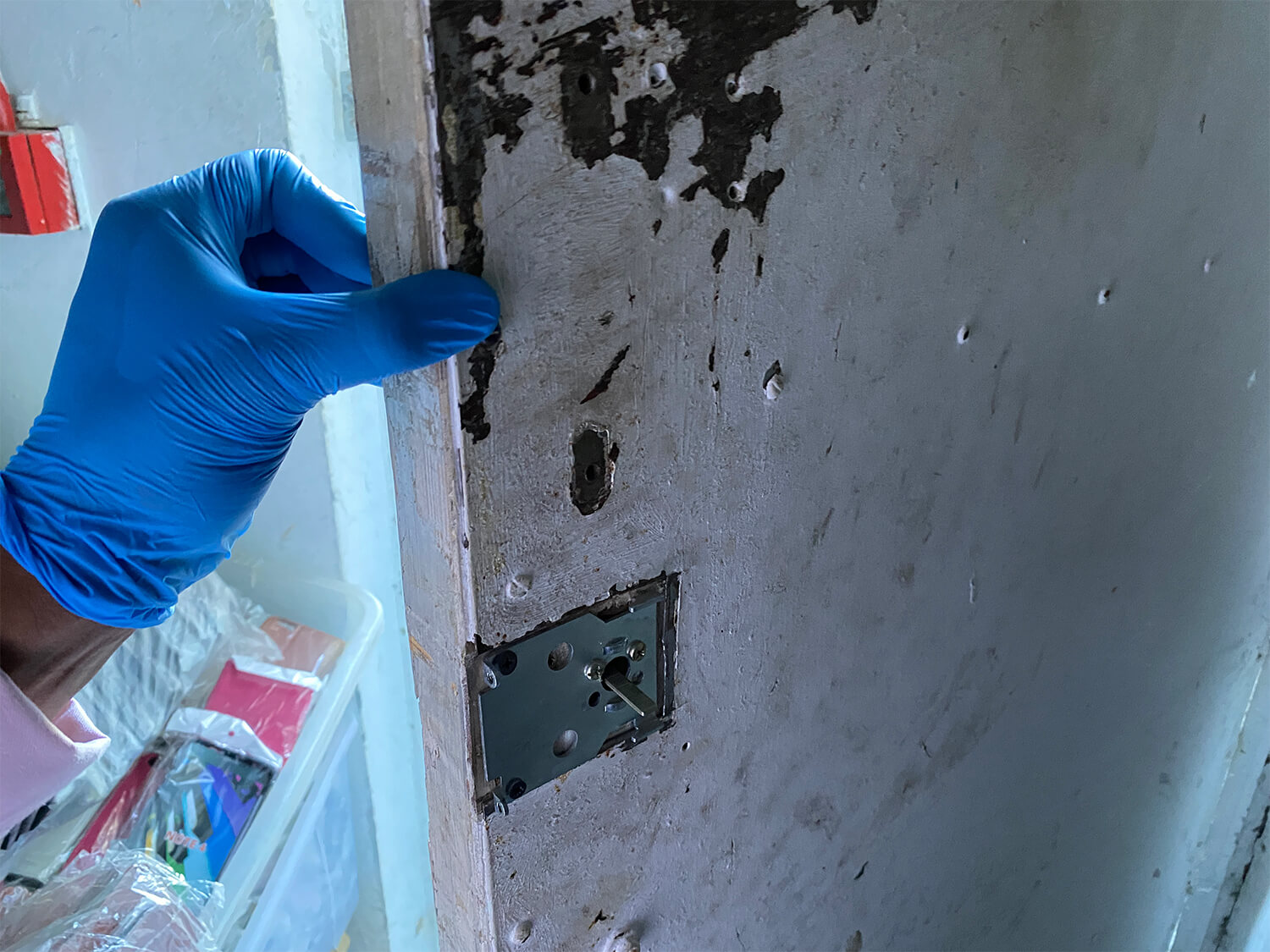
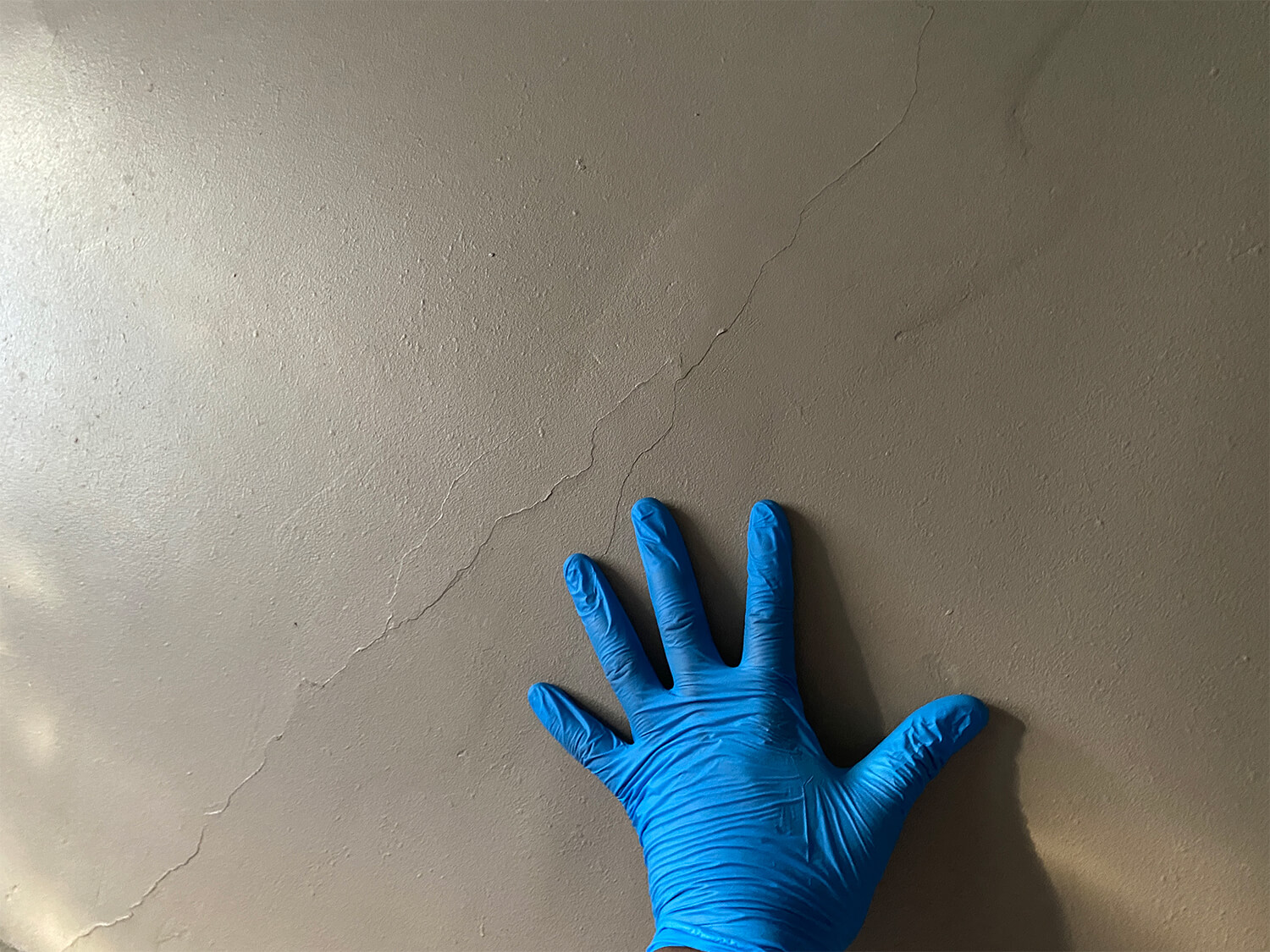
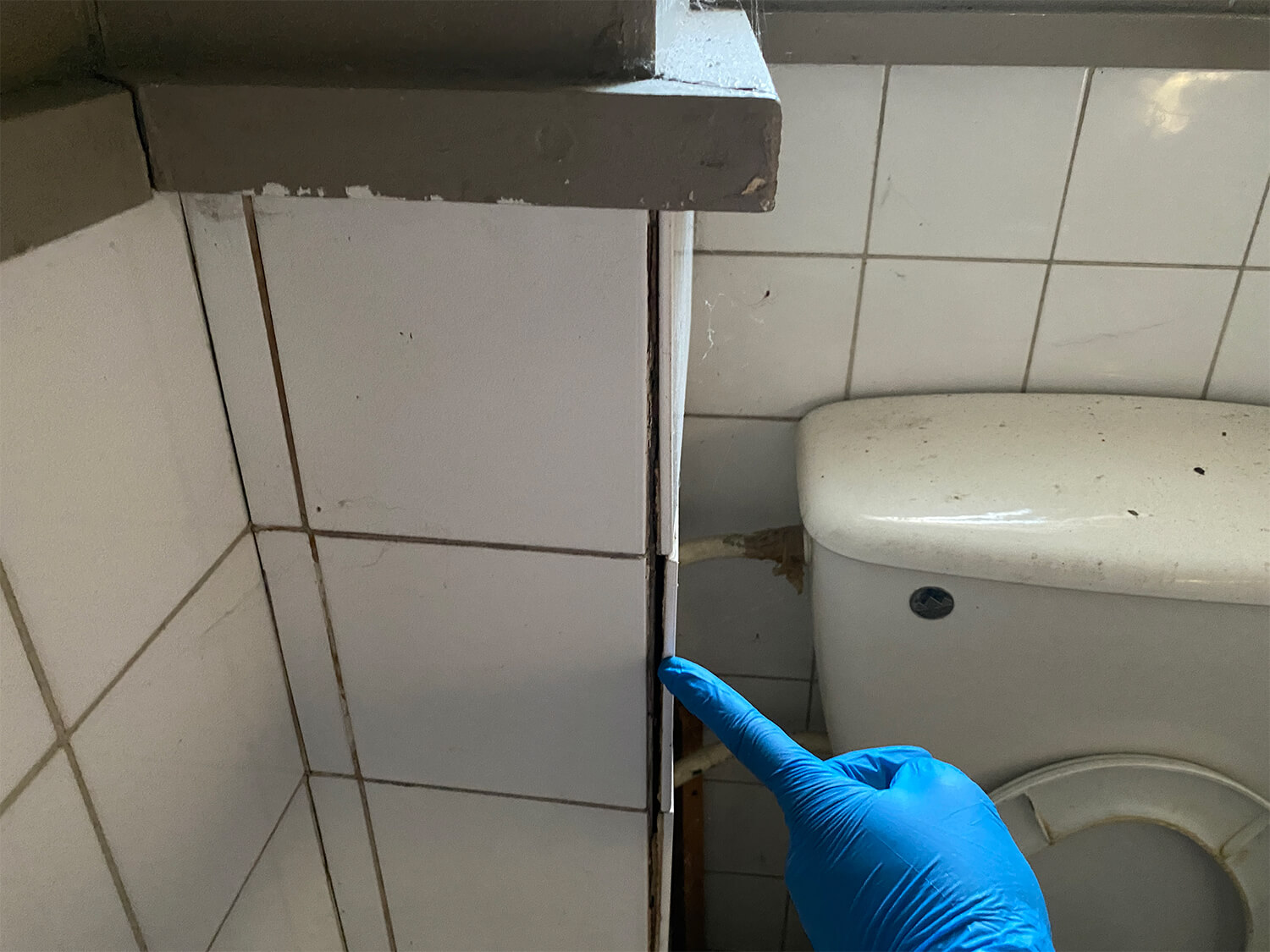
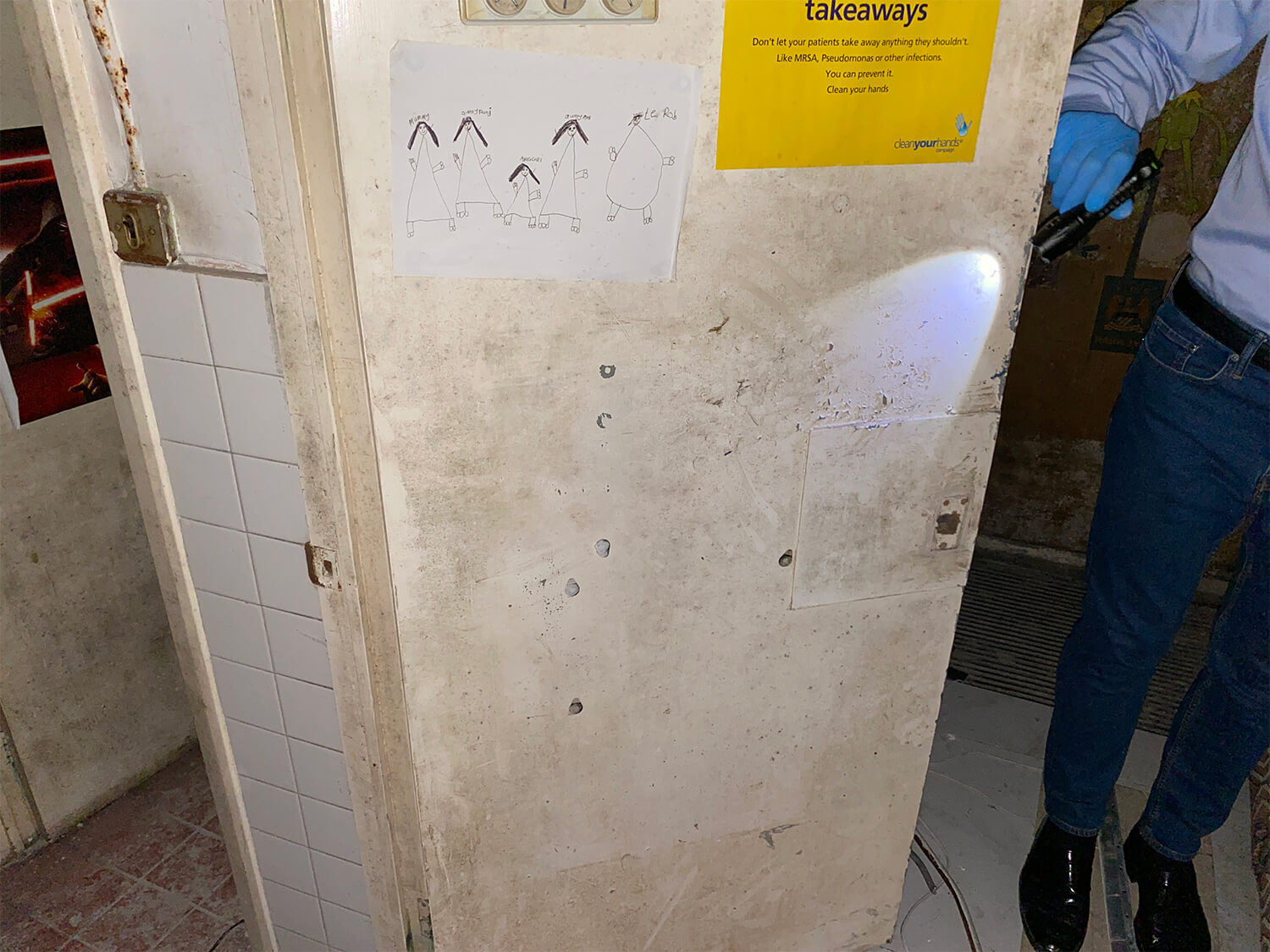
Team Qualifications
Our team of surveyors are not only highly experienced but importantly they are also qualified.
We’re proud to confirm our surveyors hold membership status and accreditation to some of the world’s leading professional governing bodies including; the Royal Institute of Chartered Surveyors (RICS), the Chartered Institute of Arbitrators (CIArb), The Chartered Association of Building Engineers (CABE) and the Pyramus and Thisbe Club (P&T).
Our Clients



















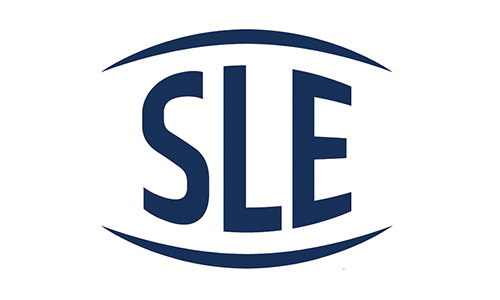








Here are some Dilapidation Surveys we’ve done in the past:

Sovereign House, Ballards Lane, Finchley, N3
The Stokemont Surveying team were very pleased to assist one of our clients with terminal schedule of dilapidations requirements and dilapidations report of three floors on this office building on Ballards Lane, Finchley, N3.
Timeline: 5 days

Cranbrook Road, Ilford, Essex, IG1
The Stokemont Surveying team were very pleased to assist one of our clients with three terminal schedule of dilapidations reports over three different units of this retail and office mixed use premises on Cranbrook Road, Ilford, Essex, IG1.
Timeline: 9 days

Queens Road, Walthamstow, E17
The Stokemont Surveying team were very pleased to assist one of our clients with a terminal of dilapidations survey and report of a restaurant, kitchen and residential accommodation mixed use premises on Queens Road, Walthamstow, E17.
Timeline: 6 days
Dilapidations Tips
These are some of our top Dilapidations tips for both Landlords and Tenants alike.
Dilapidation Tips for Tenants

1. Schedule of Condition Report
At the start of the Lease, instruct a Surveyor to prepare a comprehensive Schedule of Condition Report of the property. This will ensure all of the defects and issues are fully recorded. This will offer significant protection when it comes to future Dilapidations claims and discussions.

2. Landlord Discussion
Discuss with the Landlord early on in the Dilapidations procedure if they would like any of the alterations to be left in situ. In many cases these will add value to the rentability property and the Landlord may take the view that they offer a benefit to future Tenants. This could save you the removal and reinstatement costs.

3. Rectifying Defects
Defect rectification and presenting the property back to the Landlord in a “white box” format will offer significant savings as the Landlord is unlikely to have claim for loss of rent, contractor cost and works management fees during the course of the necessary making good decorating or construction work to the property.
Dilapidation Tips for Landlords

1. Schedule of Dilapidations Report
Have a comprehensive Schedule of Dilapidations Report prepared well in advance of the Lease expiry. This will ensure that you’re fully abreast of the breaches and can then open discussions with the Tenant at the earliest opportunity. This will bear far better results in having the breaches rectified.

2. Making Good Vs Cash Settlement
Once armed with the Schedule of Dilapidations Report, it’s sensible to open discussions with the Dilapidations Surveyor confirming if you’re prepared to accept a cash settlement from the Tenant, or whether you will require the Dilapidation breaches rectified. This will aid speed of resolution, while also making for a smoother procedure.

3.Interim Dilapidations Inspections
Interim Dilapidations Inspections will ensure that you’re fully abreast of the Dilapidations that have arisen to the property. This will ensure that you can stay on top of those more costly breaches ensuring the property is well maintained. This is particularly necessary to external parts of the property. This will ensure the Tenant rectifies these as opposed to leaving them until the end of the lease term.
Advice Centre
Support Your Local Pub
The UK pub sector is facing a serious and on-going crisis with an average of six pubs closing each week over 2024. This hasn’t improved in 2025, so far close to 300 establishments in England and Wales have shut their doors permanently. While this hits the already...
Labour’s Property Plans
As we approach a year of Labour being in power, we thought it would be an ideal time to look at their housing and property commitments. The Labour government has pledged to deliver 1.5 million homes during their five-year term in office. To put this into perspective,...
What is the Comparative Method of Valuation?
In an ever changing property market, ensuring accurate valuation has never been more essential. The most favoured method of property valuation for residential property tends to be the Comparative Method or Comparison approach, as this uses historic transactions and...
Typical Dilapidation Surveying Questions
Closed
What is the Dilapidations Protocol?

What is a Dilapidation?

What is a Quantified Demand?

Who pays for the Schedule of Dilapidations?

When should a Landlord prepare Schedule of Dilapidations?

What if a Tenant disagrees with the Landlord’s Dilapidations?











